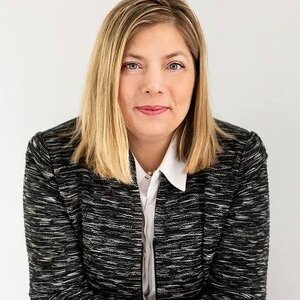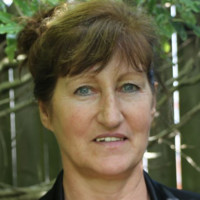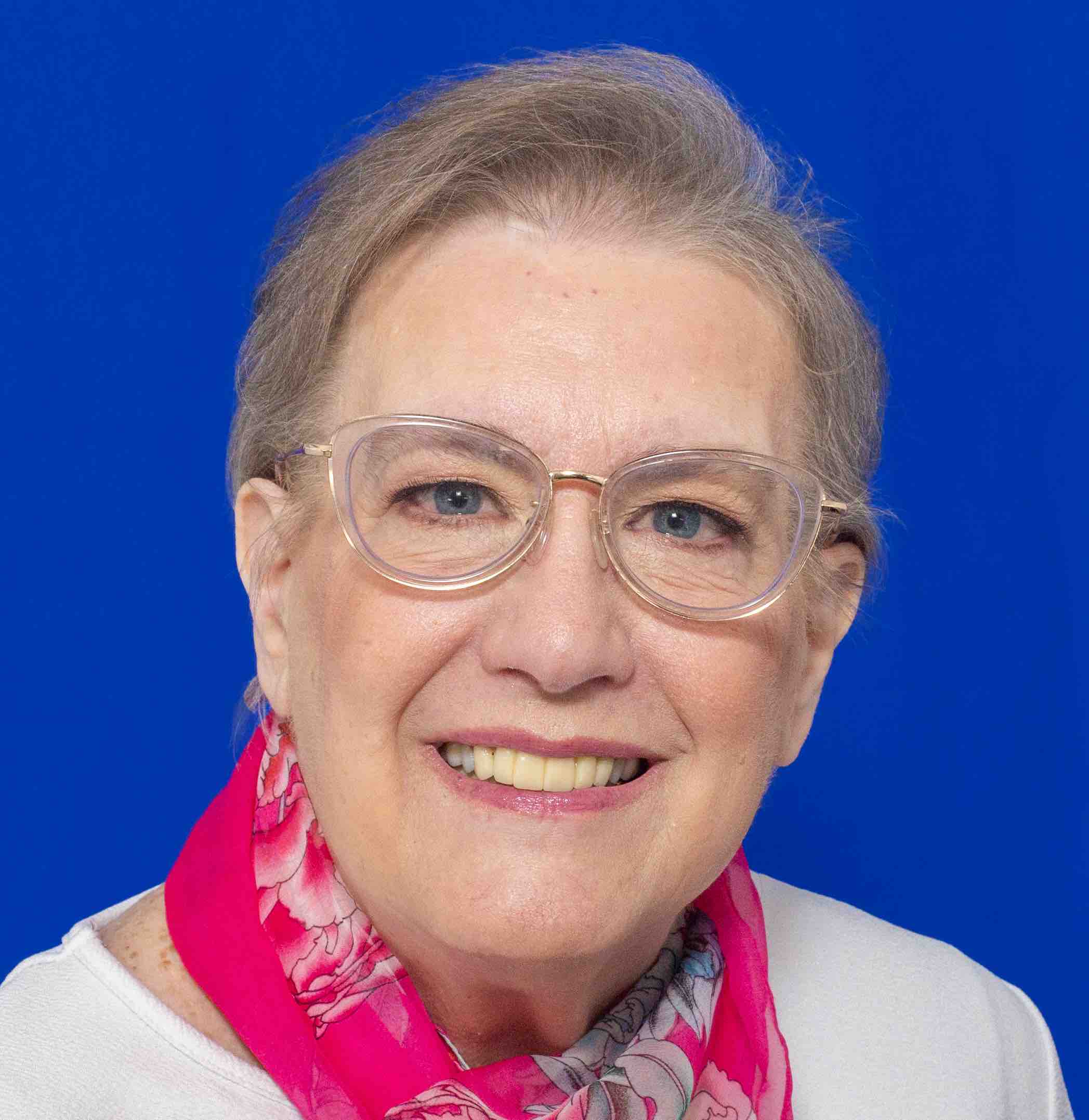Testimonials
Annelize Booysen, PhD · Vision-to-Reality Designer · Society 5.0 Advocate · AuthorJoyce is an exceptional writer who digs deep to find the case study story hiding behind layers of business concepts and outcome-based jargon. She is very skillful at identifying the pain points and turning them into a page-turner hero’s journey, no matter how difficult the subject matter. Her case studies paint a vivid picture, turning the usual perfunctory list of results into a personal conversation that will speak volumes on your behalf. Highly recommended!

Katrina Romatowski – Katrina Eileen Real EstateJoyce asks really good questions that get to the heart of the matter so that someone's able to say what they have to say in a really thoughtful way. She has a grasp of business and how business is done so she can create content and language that is geared right towards the audience that I want to reach. She connects the dots to business and purpose so that people are able to read that story and realize why they want to do business with me.

Diane Wilkins – NZ The First LightYou indeed have a gift to weave words into a captivating story. I love it!!




